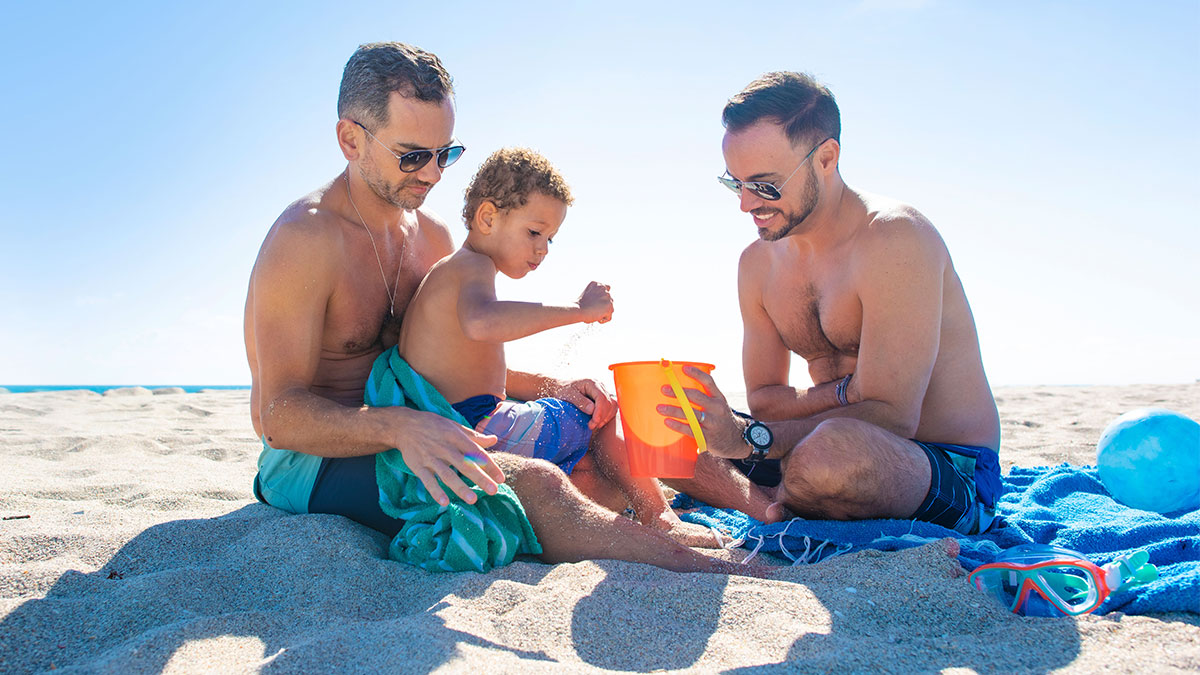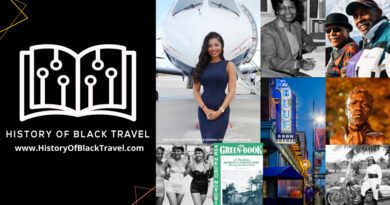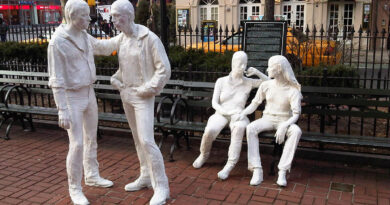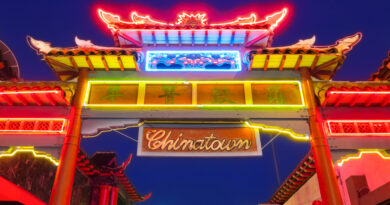A Look at LGBTQ+ History in Miami
Miami has been recognized as one of The Travel Channel’s Top 10 Best Gay Destinations (2019). Today the destination hosts more than one million LGBTQ+ visitors a year, but the connection people in the LGBTQ+ community feel to Miami is nothing new. As Miami continues to grow and change, Miami’s love for the queer community has remained constant.
The “Golden Age” of Gay Miami
Miami is well-known for its high-energy nightlife scene, with the appearance of gay clubs going back to the 1930s. But it wasn’t until this “golden age,” that more and more gay bars began cropping up across the city, and the first organized Gay Pride week was celebrated on Lincoln Road in 1972.
This “golden age” was an influential decade for the LGBTQ+ community. The Christ Metropolitan Community Church was founded in 1970 as a congregation for queer Christians. In 1972, hundreds from the queer community joined thousands of protestors in Miami at the Democratic National Convention to hear the first public speech about the rights of gays and lesbians. In 1977, Miami became one of almost 40 cities in the country to pass nondiscrimination ordinances against the LGBTQ+ community.
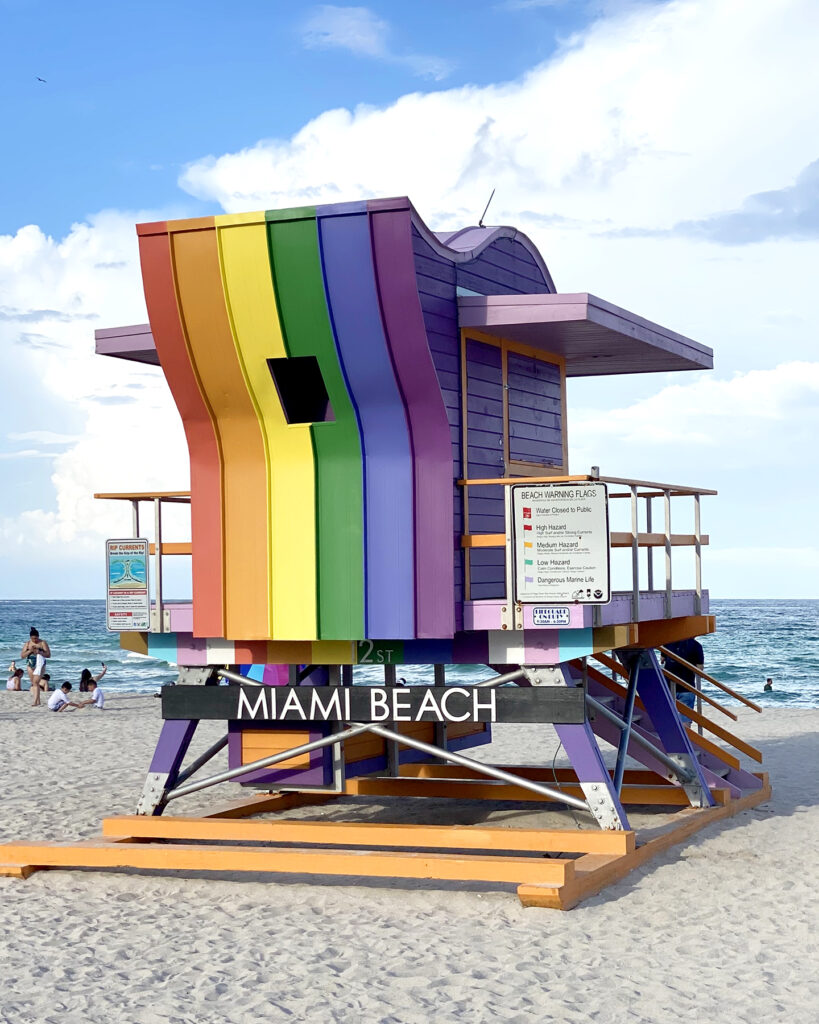
Miami’s “Versace Era”
Miami Beach became the hub of the “Versace Era,” with glamorous, star-studded parties and celebrity guests throughout the 80s and into the 90s. As a result, restaurants and boutiques catering to the growing LGBTQ+ community kept popping up, including the iconic Palace on Ocean Drive. The Palace Bar & Restaurant opened in 1988 and began catering to Miami’s LGBTQ+ population in the 90s with the slogan “Every queen needs a palace.” The Palace has been a popular mainstay for over 30 years and is still home to lively drag queen shows.
But the “Versace Era” in Miami wasn’t just about the party scene. The openly gay co-founder of the Miami Design Preservation League, Leonard Horowitz, helped lead the charge to promote the preservation of and add color to Miami’s iconic Art Deco architecture. In 1993, SAVE Dade–an organization that fights for equality–was founded to protect the LGBTQ+ community from discrimination. In 1999, Miami-Dade Gay & Lesbian Chamber of Commerce President–Steve Adkins–set to work promoting Miami as a year-round, gay and gay-friendly tourist destination.
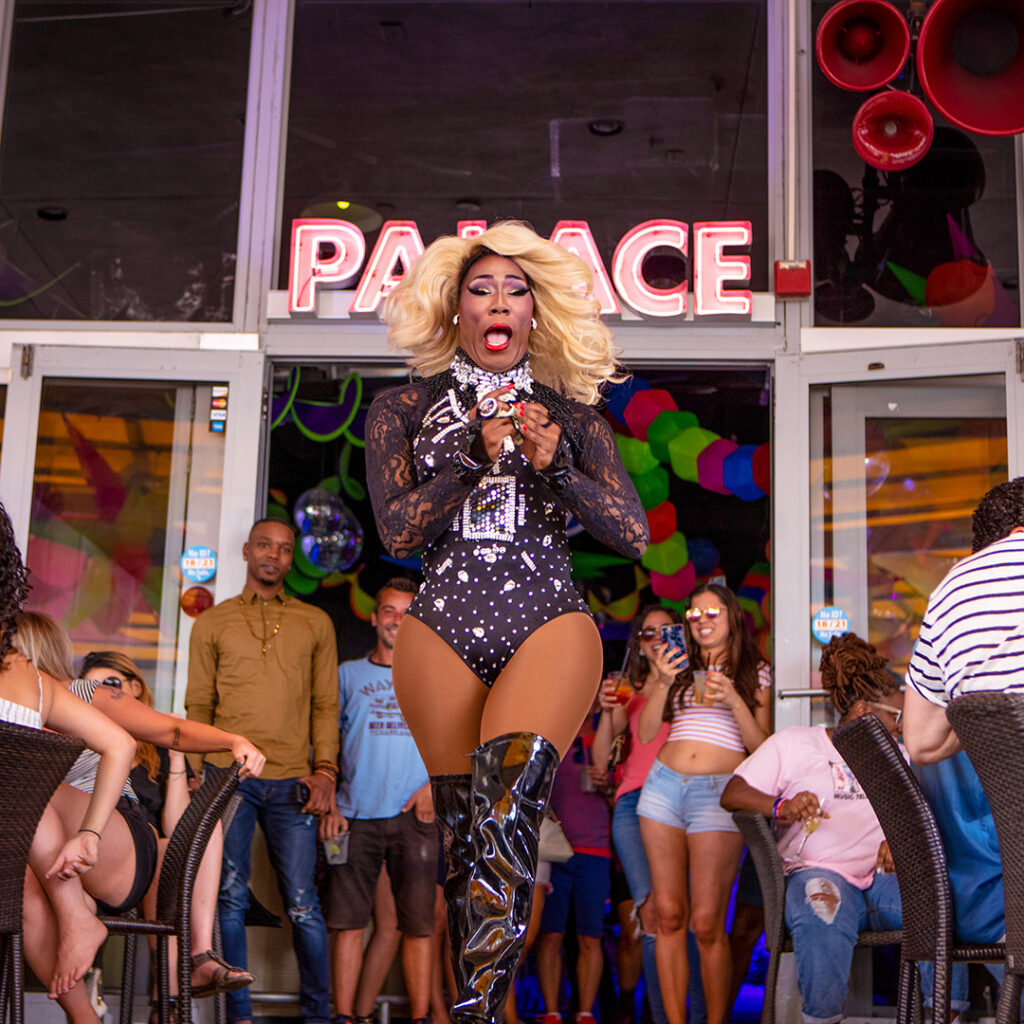
The Importance of Remembering the Past
One of the voices dedicated to studying Miami’s queer history, Dr. Capó, shared “One of the greatest challenges in studying LGBTQ+ history is that our lives and experiences are so often purposefully erased from history books and archives…our LGBTQ+ community, of which I am also a proud member, has persisted and persevered in Miami since its inception… events that took place in Miami helped shape the trajectory of a national movement in remarkable ways.”
Miami’s LGBTQ+ Scene Today
Today the LGBTQ+ scene in Miami is stronger than ever. Miami Beach has been listed as a Top Municipality for LGBTQ+ Equality and continues to be a vibrant city where the queer community thrives. There is no question that opportunities to celebrate the LGBTQ+ community in Miami are abundant.
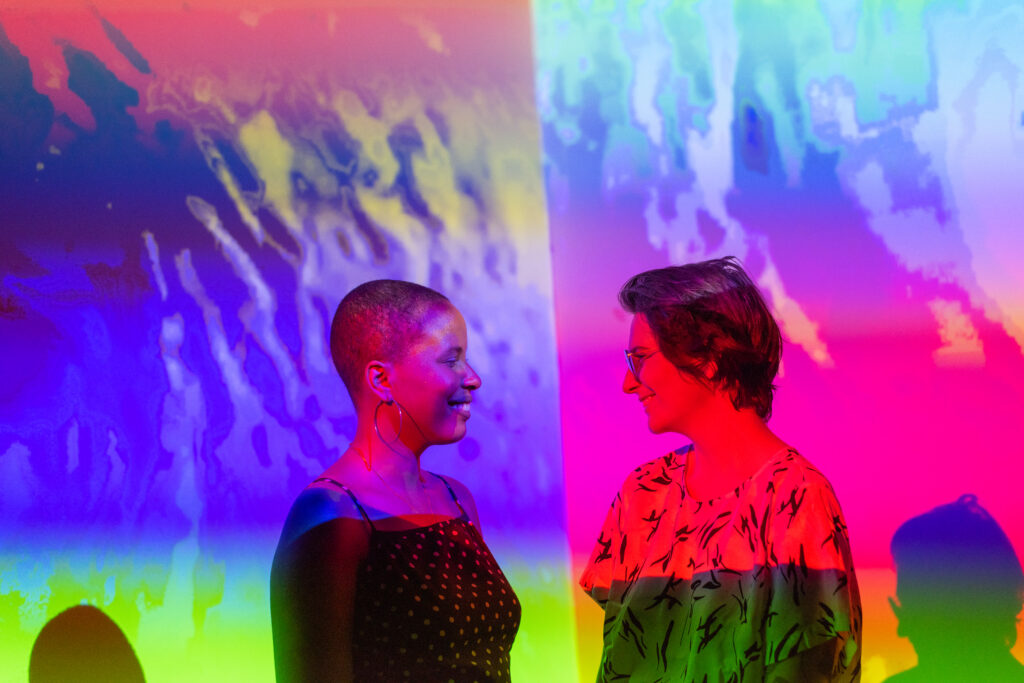
The Colors of Love
This year for Pride the Greater Miami Convention and Visitors Bureau (GMCVB) is bringing to life the meanings behind the iconic rainbow colors. The first Pride flag–designed by Baker and Segerblom–debuted at the Gay Freedom Day Parade in SF in 1978, and each of the original colors had its own unique symbolism. Red for life, orange for healing, yellow for sunlight, green for nature, blue for serenity, and purple for spirit.
To learn more about Miami’s diverse LGBTQ+ community and more, you can visit the GMCVB’s website.
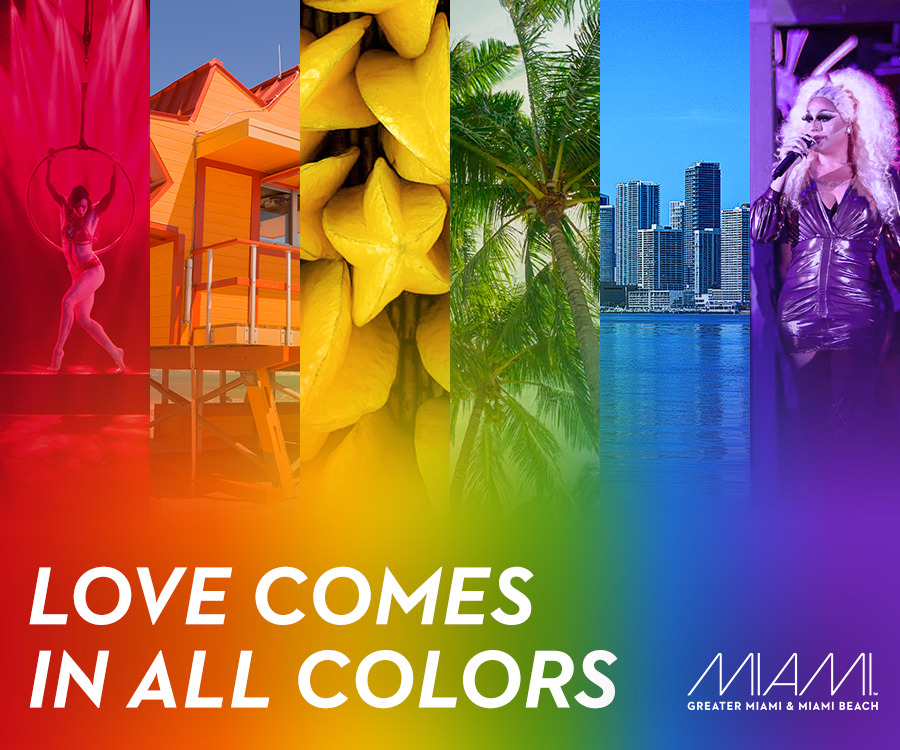
Advertorial sponsored by Greater Miami Visitors and Convention Bureau

